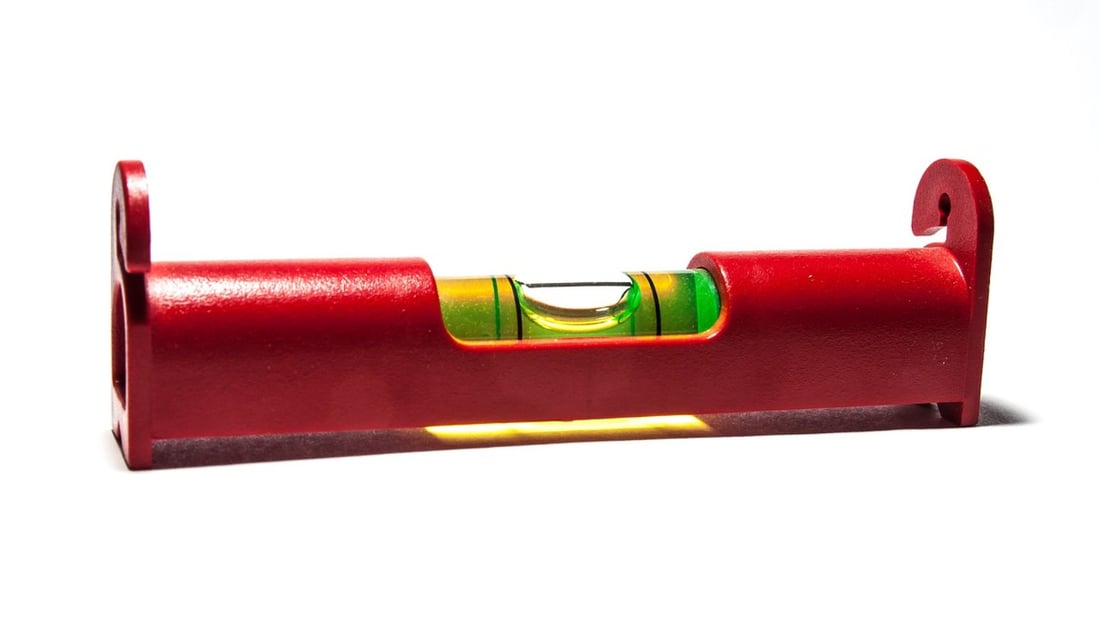The Importance of CC Distance in Level Gauge
In the world of level gauges, CC distance plays a crucial role in ensuring accurate measurement and monitoring of liquid levels in tanks and vessels. CC distance refers to the distance between the center-to-center points of the upper and lower fittings of a level gauge. This distance is a key factor in determining the accuracy and reliability of the level gauge.
Factors Affecting CC Distance
Several factors can affect the CC distance in a level gauge, including the type of liquid being measured, the temperature and pressure conditions, and the size and shape of the tank or vessel. It is essential to take these factors into account when selecting a level gauge to ensure optimal performance and accurate readings.
Choosing the Right CC Distance
When selecting a level gauge, it is important to consider the specific requirements of your application in order to choose the right CC distance. The CC distance should be selected based on the height of the tank or vessel, the desired measurement range, and the physical constraints of the installation site. Choosing the correct CC distance will help ensure accurate and reliable level measurement.
Benefits of Maintaining Proper CC Distance
Maintaining the proper CC distance in a level gauge offers several benefits, including improved accuracy and reliability of level measurements, reduced risk of errors and inaccuracies, and enhanced safety and efficiency in industrial processes. It is essential to regularly check and adjust the CC distance to ensure optimal performance.
CC Distance Calculation Methods
There are several methods used to calculate the CC distance in a level gauge, including manual measurements, manufacturer specifications, and online calculators. It is important to follow the recommended calculation methods to ensure accurate CC distance determination and proper installation of the level gauge.
Common Challenges with CC Distance
One of the common challenges associated with CC distance in level gauges is the occurrence of errors due to incorrect measurement or installation. These errors can lead to inaccurate level readings, safety hazards, and operational inefficiencies. It is important to address any issues with CC distance promptly to prevent such problems.
CC Distance in Different Types of Level Gauges
CC distance requirements may vary depending on the type of level gauge used. For example, magnetic level gauges, guided wave radar level gauges, and ultrasonic level gauges may have different CC distance specifications based on their design and operating principles. It is important to consult the manufacturer's guidelines for each type of level gauge.
CC Distance Maintenance and Adjustment
Regular maintenance and calibration of the CC distance in a level gauge are essential to ensure accurate and reliable level measurements. Periodic inspections, adjustments, and recalibrations should be performed to maintain the proper CC distance and prevent potential issues with the level gauge.
Future Trends in CC Distance Technology
As technology continues to advance, new innovations in level gauge design and CC distance measurement are expected to emerge. These developments may include the use of advanced sensors, wireless communication, and predictive maintenance capabilities to enhance the accuracy and efficiency of level measurement systems.
Conclusion
In conclusion, understanding the importance of CC distance in level gauges is essential for ensuring accurate and reliable liquid level measurement in industrial applications. By selecting the right CC distance, maintaining proper installation and calibration, and staying informed of the latest trends in CC distance technology, users can optimize the performance and efficiency of their level gauges.
Quote Inquiry
Contact us!

